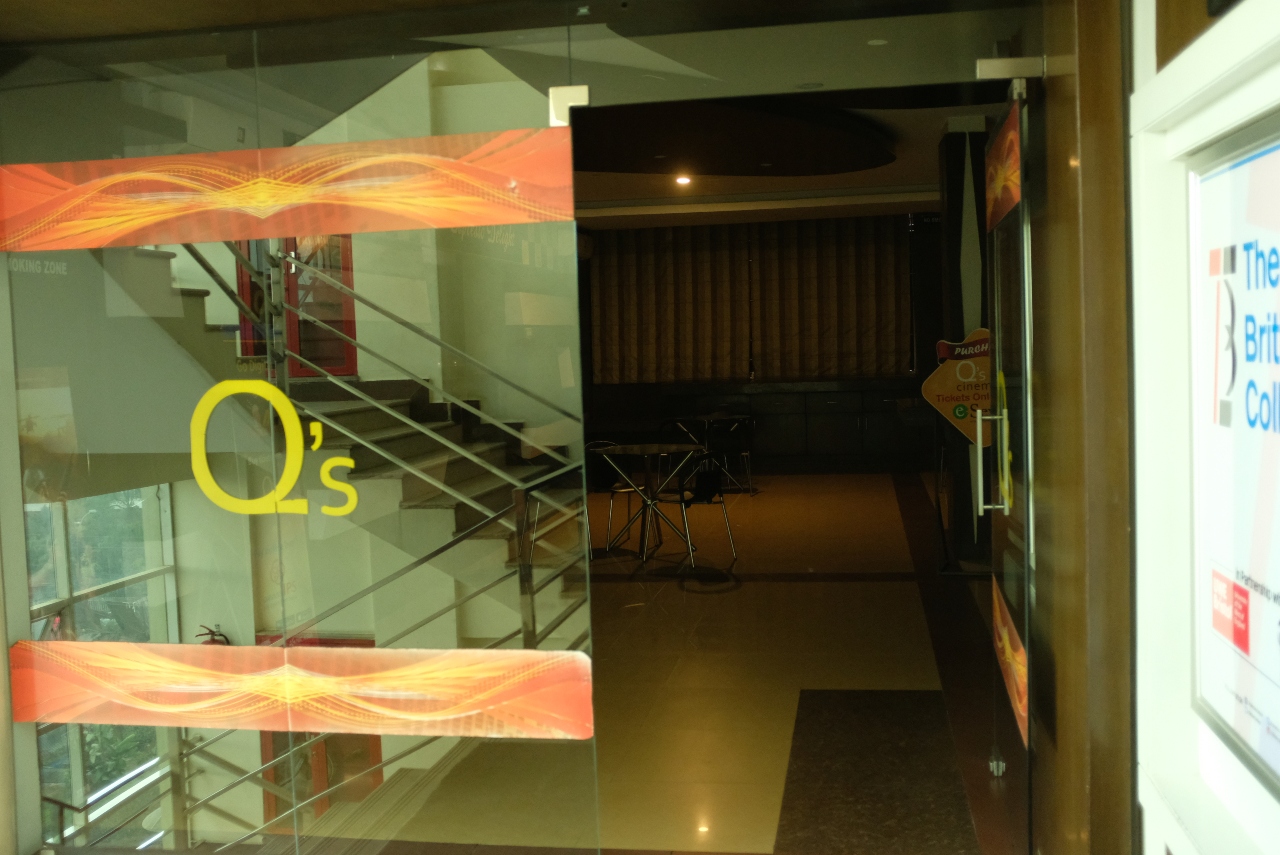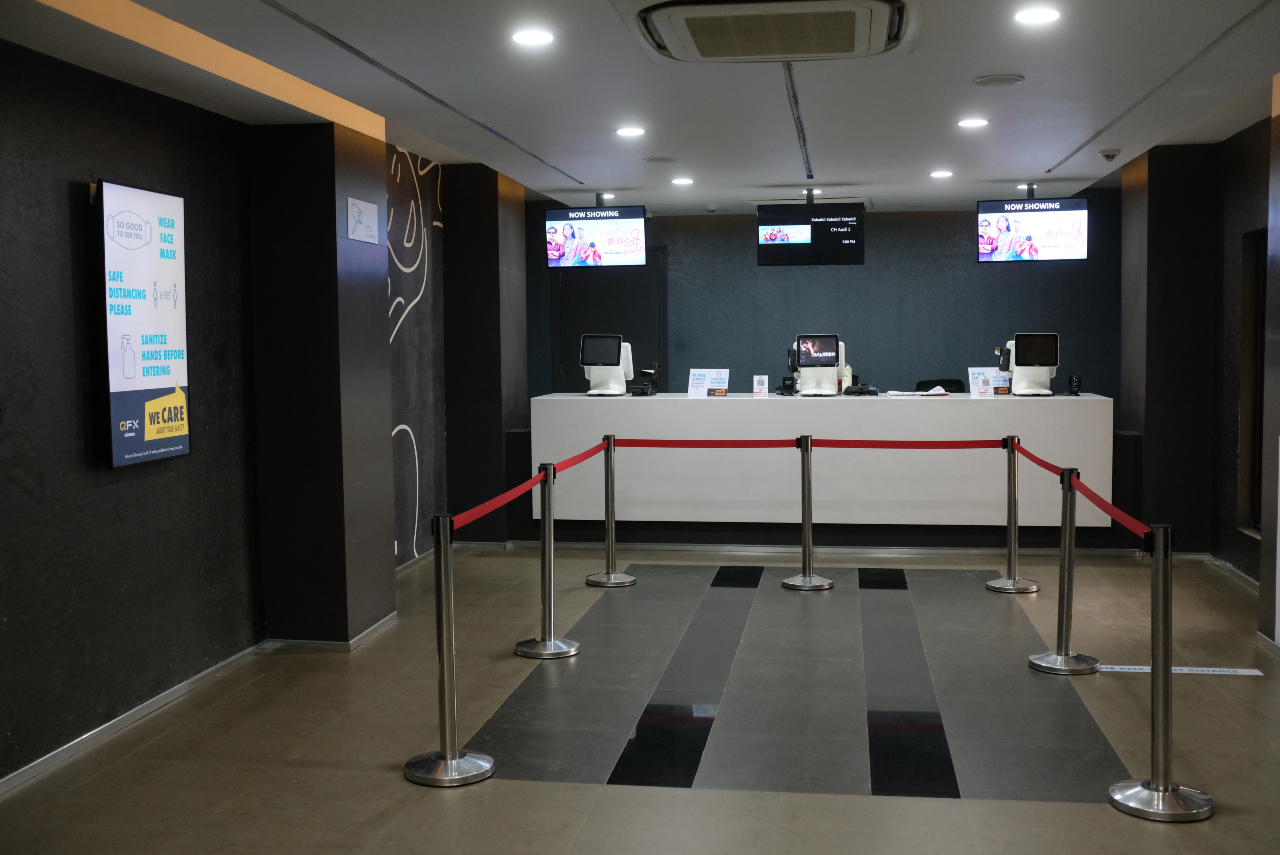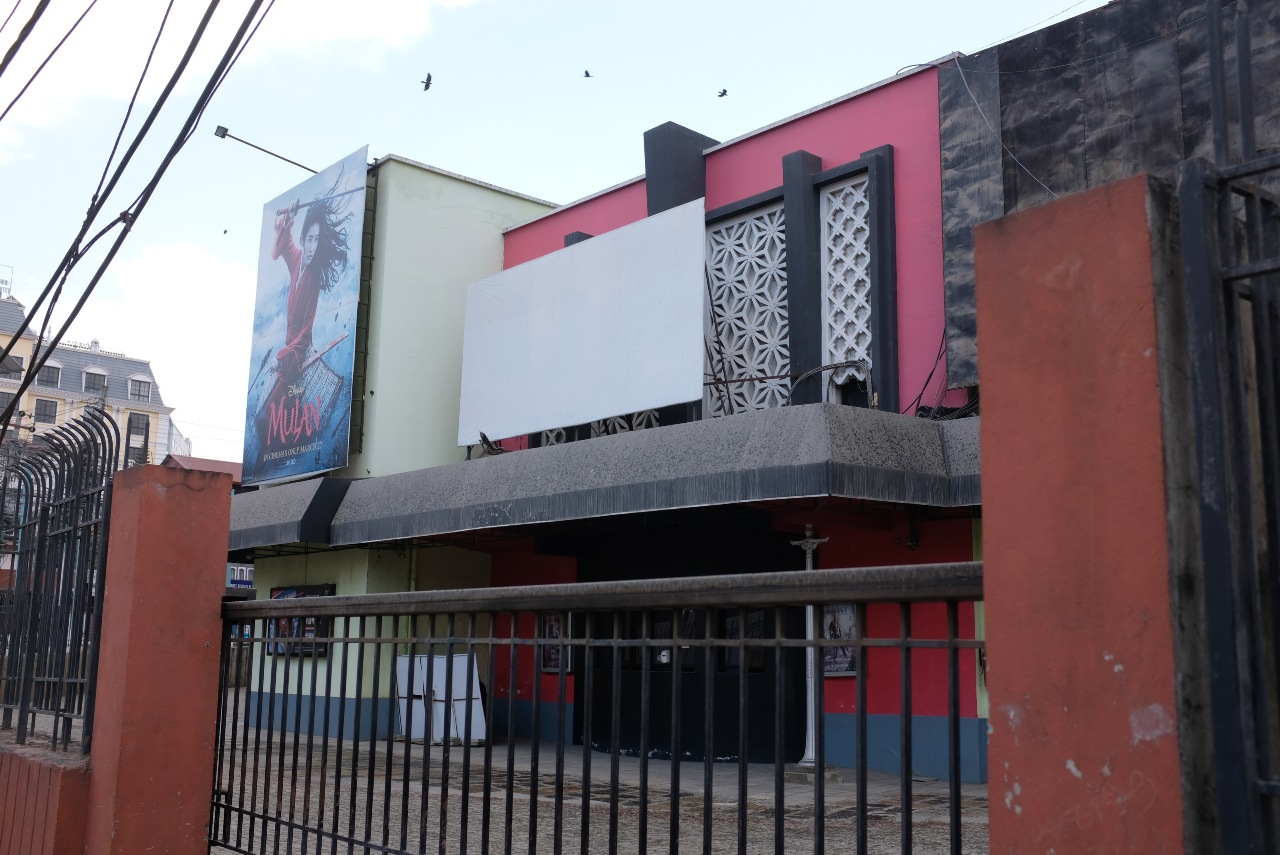To check the spread of Covid-19, cinema halls across the country were asked to shut down on 19 March 2020. Following the directive, the movie theaters in Kathmandu valley—the hub of the country’s cinema business—were closed for around 10 months.
They have now been allowed to reopen by adopting standard safety and hygiene measures and at 50 percent capacity to ensure social distancing. Sushil Manandhar, a manager at QFX, a cinema chain in Nepal, says reopening is the result of continuous protests and pressure. “Otherwise, the neglected entertainment sector and especially the cinema halls would still have been closed,” he says.
After the government green signal, halls in the valley reopened on 25 December 2020, hoping to soon get back on track. But that has not been the case; making any kind of profit is still a distant dream.
The estimated total loss for Q’s Cinemas housed in Rising Mall, Durbarmarg, from the lockdown stands at Rs 40 million, informs Sumit Mainali, its Managing Director. Resumption of services has only added to the cost. “Our operational costs have increased while the number of audiences has drastically decreased,” he rues.

Manandhar of QFX puts the chain’s monthly loss following the reopening at around Rs. 20 million as the number of visitors per hall has dropped from 40,000 to 1,000-1,500. “The income is hardly enough to pay our electricity bills, let alone staff salary,” he says.
Likewise, Dipesh Sharma, CEO at Big Movies at City Center, Kamalpokhari, says the multiplex now sees around 50-100 customers daily on average. The figure used to be 15 times more (1,500 to 2,000) before the lockdown.
FCube Cinemas, Chabahil, fares no better. Ramhari Koirala, HR manager, says they are unable to even pay monthly salary, which comes to around 1 million for a staff of 47. “We need around 20 audiences per show to break even but currently even getting 10-15 people a show is a struggle.”
One Cinemas, located at Eyeplex Mall, New Baneshwor had started operation in October 2019, six months before the lockdown. It faced the loss of around Rs 1 million a month during the lockdown period, according to Umesh Giri, manager. Reopening has been no relief as monthly operational expenses have ballooned to Rs 2 million.
“We are operating at a loss just to keep our presence in the market,” adds Giri. Most other multiplexes and cinema halls are doing the same.
Especially the stand-alone cinema halls are struggling to bear the added burden. Sohit Manandhar, owner at Asta Narayan Pictures at Bypass, Kathmandu, informs that his theater had to be shut down only 2-3 weeks after reopening given the lack of audience interest.
“The expenses were unbearable and there is also no new exciting movie on the pipeline,” Manandhar says.
So, how are other cinema halls running without movies? They are either showing old releases or extending show times of a handful of new releases.
“No new movie means no audience and no audience means loss. Then, what is the meaning of all those safety guidelines?” Mainali asks. He says many Nepali producers have delayed the release of their movies because of the decline in the number of visitors.
Big Movies had, on the occasion of Valentine Day, re-released old hits such as Kabaddi Kabaddi Kabaddi and Sano Sansar.
Santosh Kumar Thapa, a Kathmandu-based film journalist at Koribati.com and Koribati TV, also cites the paucity of new movies as the reason for poor cinema-going. “Only the release of big-banner movies will help improve the condition,” he says.
Big releases can bring in audiences, according to Manandhar of QFX. “I am eagerly awaiting releases such as Lappan Chhappan 2.”

Cinema halls in Nepal are dependent on Indian movies. Nepali and Hindi big movies are not being releasing for at least another month and until then visitor numbers are bound to be small, adds Koirala. Moreover, in his view, Nepali movies are reluctant to release at 50 percent occupancy. “India is allowing 100 percent occupancy. Why not Nepal?” he questions.
To make a quick recovery, there is no option to reverting to full occupancy, adds Giri of One Cinemas.
Manandhar of Asta Narayan Pictures says if new movies start coming it could take around two years to recoup the Covid-time losses. QFX expects to break even after one and half years of full operation.
Giri, on the other hand, is unsure about recovery. But he does think that with the arrival of vaccines, Covid fear has considerable lessened and hence audiences will return.
Yogesh Khatiwada, an IT expert from Balkot and a regular movie-goer, has not visited cinema halls since he watched ‘Aama’ before the lockdown. He says he will go if there is a good movie on show. “For instance, I am now waiting for the release of KGF 2,” says Khatiwada.












